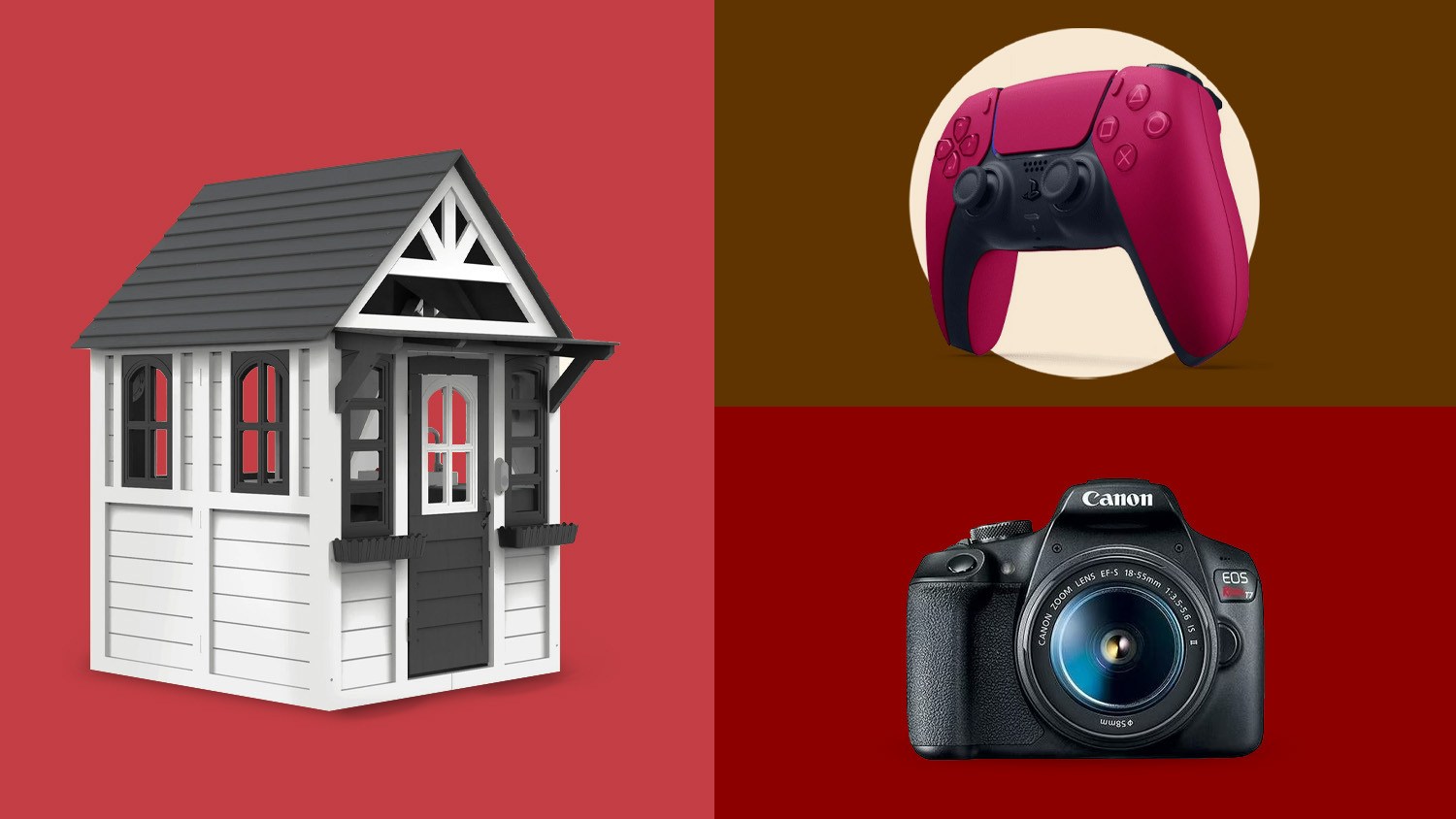TAMPA BAY, Fla (BLOOM) – Red light therapy is one of the fastest-growing trends in wellness, gaining popularity among biohackers, wellness experts, and everyday individuals seeking natural ways to improve health and enhance sleep. From supporting cellular repair to improving circadian rhythms, red light therapy’s potential benefits are well-backed by science. Leading this movement is Taja Abitbol, founder of Taja Drip, who has seen firsthand how red light therapy and similar bio-hacking innovations are transforming wellness for her clients, including celebrities and athletes.

What is Red Light Therapy and How Does It Work?
Red light therapy, also called photobiomodulation or low-level laser therapy (LLLT), uses specific wavelengths of light (between 600-650 nanometers) to penetrate skin layers and target cells. These wavelengths stimulate energy production in the cell’s mitochondria, often referred to as the “powerhouse” of the cell. By boosting mitochondrial function, red light therapy encourages cell repair, regeneration, and reduces inflammation.
Research shows that these effects can have far-reaching benefits, including improved sleep, enhanced muscle recovery, reduced anxiety, and even anti-aging effects on the skin. “Red light therapy is about working with the body’s natural rhythms,” Abitbol explains. “It helps align your body’s internal clock, which can lead to improved sleep quality and daytime alertness.”
The Science Behind the Benefits
1. Better Sleep Quality
Red light therapy has gained attention for its ability to improve sleep quality, primarily by regulating the body’s circadian rhythms. Unlike blue light from screens, which can disrupt sleep by suppressing melatonin production, red light promotes the release of melatonin, the hormone responsible for signaling sleep. This effect makes red light therapy an appealing option for those struggling with sleep issues.
2. Reduced Inflammation and Faster Recovery
With its ability to penetrate deeply into the tissues, red light therapy also supports the body’s anti-inflammatory responses. It has become a go-to for athletes and fitness enthusiasts looking to recover faster from workouts or injuries. By reducing oxidative stress and boosting cell repair, red light therapy can help alleviate pain and speed up the healing of muscles and joints.
3. Improved Skin Health
One of red light therapy’s most noticeable benefits is its impact on skin health. Studies show that regular treatments can stimulate collagen production, reduce wrinkles, and improve skin elasticity. “We’ve seen clients experience improved skin tone and a reduction in fine lines,” says Abitbol. “It’s not only about looking better but feeling more confident.”
Integrating Red Light Therapy with Other Bio-Hacking Tools
Abitbol’s approach at Taja Drip combines red light therapy with other advanced wellness treatments like IV infusions, NAD+ therapy, and oxygen therapy, creating a holistic approach that addresses multiple aspects of health. Each therapy serves a different purpose but works synergistically with others to maximize results.
- NAD+ for Cellular Repair and Energy:
NAD+ is a coenzyme critical for cellular health and plays a role in DNA repair, mitochondrial function, and energy production. By combining NAD+ supplementation with red light therapy, Abitbol explains that clients can experience enhanced recovery, improved cellular resilience, and increased energy. “The combination helps people feel more alert during the day and promotes deeper, more restful sleep at night.” - Oxygen Therapy for Enhanced Blood Flow and Mental Clarity:
Oxygen therapy, often used alongside red light therapy, boosts blood flow, supporting better organ function and cognitive clarity. Abitbol says, “Oxygen therapy is about improving everything from mental focus to physical recovery, and it works well as a part of a broader bio-hacking approach.”
Is Red Light Therapy Right for Everyone?
While red light therapy offers a range of potential benefits, it’s essential to use it properly. Abitbol advises beginners to start with short sessions of 10 to 15 minutes, a few times per week, to allow the body to adjust. The therapy is generally safe for most people, but it’s essential to consult with a professional, especially if you have sensitive skin or other underlying health conditions.
Looking Ahead: The Future of Red Light Therapy
The appeal of red light therapy shows no signs of slowing down. New devices and research are expanding its applications, from skincare and pain management to potential mental health support. Abitbol plans to introduce a line of wellness products next year that incorporate similar principles, helping clients enhance their health routines at home. “People are looking for solutions that work naturally with their bodies,” she says. “Red light therapy is just one piece of a larger puzzle in health and wellness.”
For anyone looking to improve their sleep, reduce stress, or support their body’s natural healing processes, red light therapy offers a scientifically-backed, accessible option in wellness. As the field continues to grow, therapies like those offered at Taja Drip are at the forefront of a new era in holistic health, helping people feel their best from the inside out.














